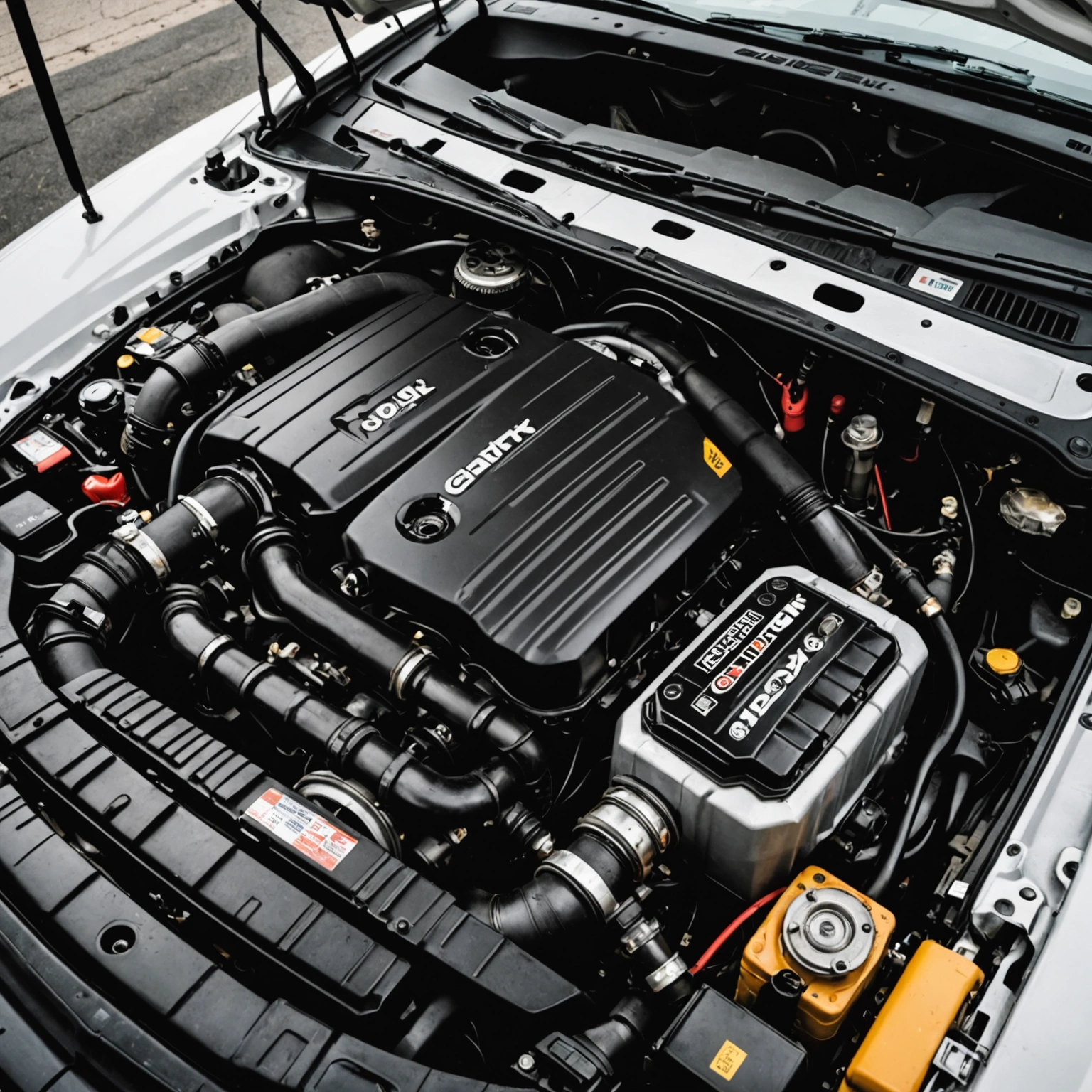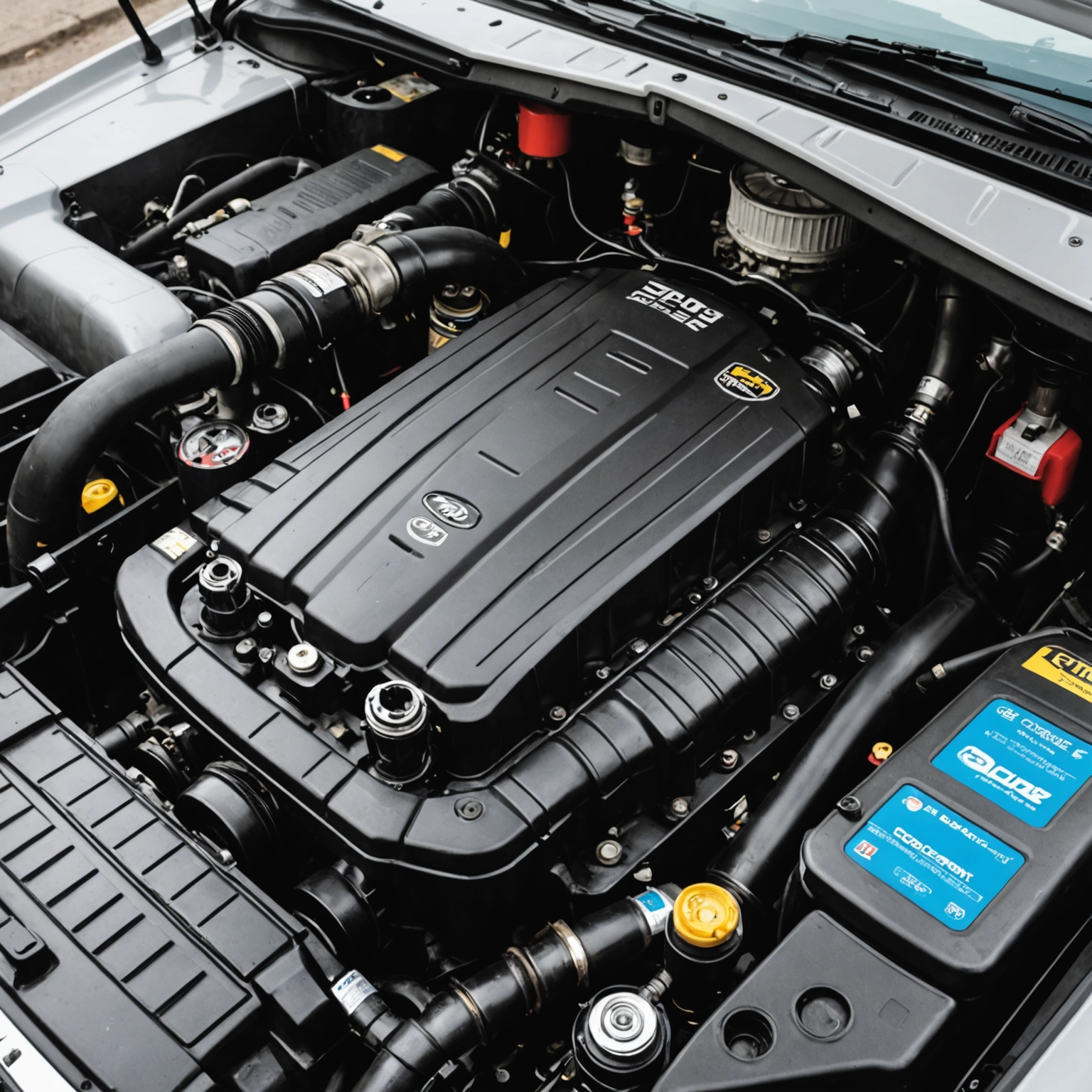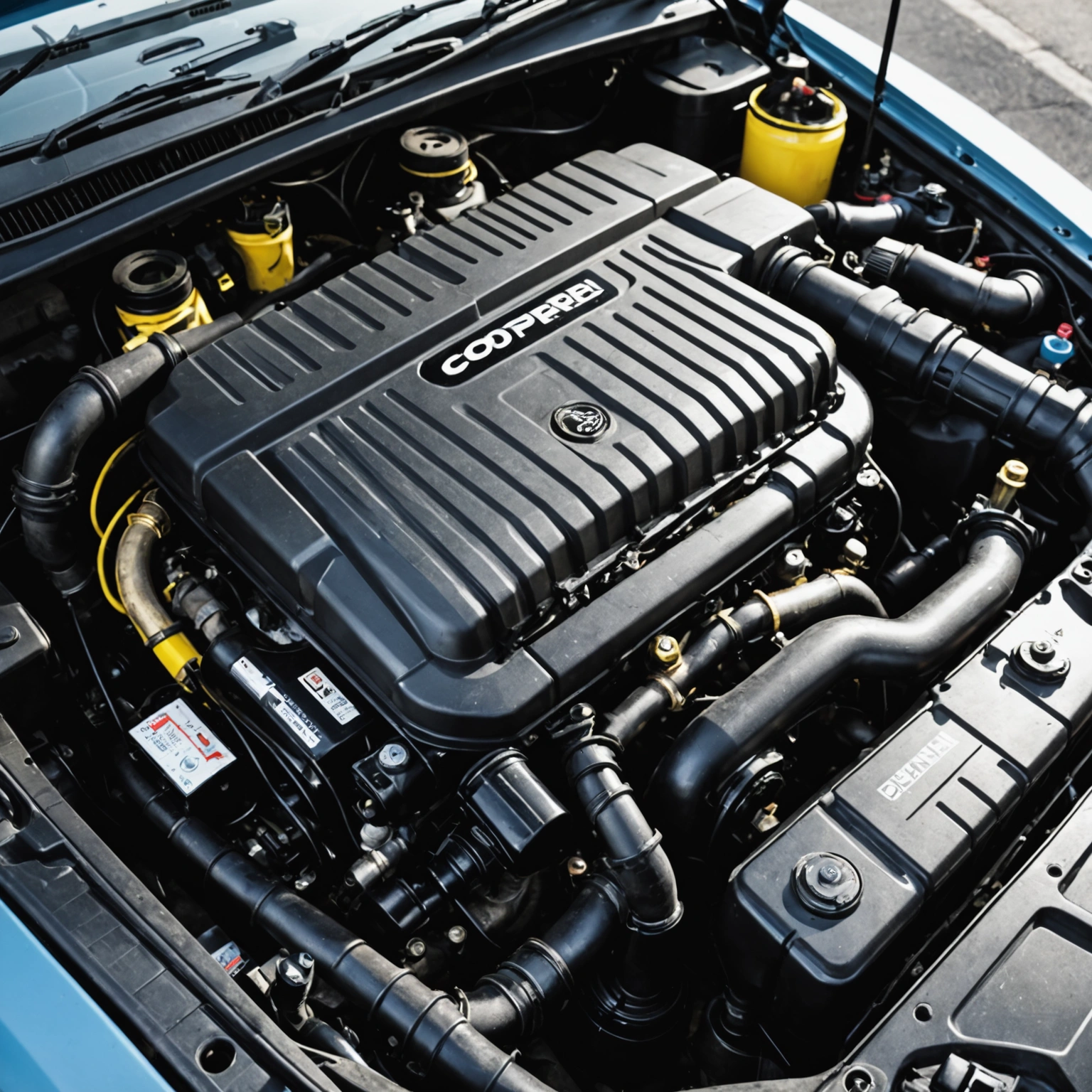**Why Is My Car Using So Much Coolant? Understanding the Causes and Solutions**
If you’ve noticed your car’s coolant level dropping rapidly or frequently needing a top-up, you’re not alone. Coolant, also known as antifreeze, plays a vital role in keeping your engine running smoothly by regulating temperature and preventing overheating. Excessive coolant consumption can be a sign of underlying issues that, if left unaddressed, may lead to serious engine damage. Let’s explore the common reasons why your car might be going through so much coolant and what you can do about it.

### Common Causes of Excessive Coolant Consumption
#### 1. **Leaks in the Cooling System**

One of the most frequent reasons for coolant loss is leaks. These can occur anywhere in the system, including:
– **Hoses:** Cracks, splits, or loose clamps can cause coolant to escape.

– **Radiator:** Corrosion or physical damage may develop leaks.
– **Water Pump:** A failing water pump can develop leaks around its seals.

– **Radiator Cap:** Worn or faulty caps can allow coolant to escape or boil over.
– **Heater Core:** Leaks inside the cabin can cause coolant to seep through the dashboard.
*Signs to look for:* Puddles under your vehicle, visible leaks, or a sweet smell inside the cabin.
#### 2. **Coolant Loss Due to Overheating**
If your engine frequently overheats, the coolant can boil over and escape through the overflow tank or radiator cap. Overheating can be caused by:
– Malfunctioning thermostats
– Faulty radiator fans
– Blocked or clogged radiators
– Low coolant levels leading to inefficient heat transfer
*Signs to look for:* High engine temperature gauge readings, steam from the radiator, or hot air from the vents.
#### 3. **Blown Head Gasket**
A blown head gasket is a serious issue that can cause coolant to leak into the engine cylinders or oil passages. This can lead to:
– White smoke from the exhaust
– Milky or frothy oil
– Loss of coolant without visible leaks
– Engine misfires or rough running
*Note:* This is a critical repair that requires professional diagnosis and repair.
#### 4. **Internal Coolant Consumption**
In some cases, coolant can be consumed internally, such as when it leaks into the combustion chamber due to a gasket failure. This process gradually reduces coolant levels without external leaks and can cause engine damage if not addressed.
### How to Diagnose the Issue
– **Check for visible leaks:** Inspect hoses, radiator, water pump, and the engine bay.
– **Monitor coolant levels:** Record how quickly the coolant is decreasing.
– **Look for signs of internal leaks:** White exhaust smoke, oil contamination, or milky residue.
– **Perform a pressure test:** A mechanic can pressurize the cooling system to identify leaks.
– **Use a combustion leak tester:** To check for head gasket failure.
### Preventive Tips and Solutions
– **Regular Maintenance:** Check coolant levels regularly and top up as needed.
– **Inspect for Leaks:** Look for signs of leaks or corrosion, especially before long trips.
– **Replace Worn Components:** Hoses, radiator caps, and thermostats should be replaced at recommended intervals.
– **Flush the Cooling System:** Periodic flushing prevents corrosion and buildup that can cause blockages.
– **Address Overheating Promptly:** Don’t ignore high engine temperatures; investigate and repair the cause.
### When to Seek Professional Help
If you’re unsure of the cause or notice symptoms like continuous coolant loss, overheating, or white smoke from the exhaust, it’s best to consult a professional mechanic. Diagnosing complex issues like head gasket failure or internal leaks requires specialized tools and expertise.
—
**In Summary:**
Your car might be consuming too much coolant due to leaks, overheating issues, gasket failures, or internal consumption. Regular inspections, timely repairs, and proper maintenance are key to preventing coolant loss and ensuring your engine stays cool and healthy.
If you’re experiencing persistent coolant issues, don’t delay—early diagnosis can save you from costly repairs down the road!

